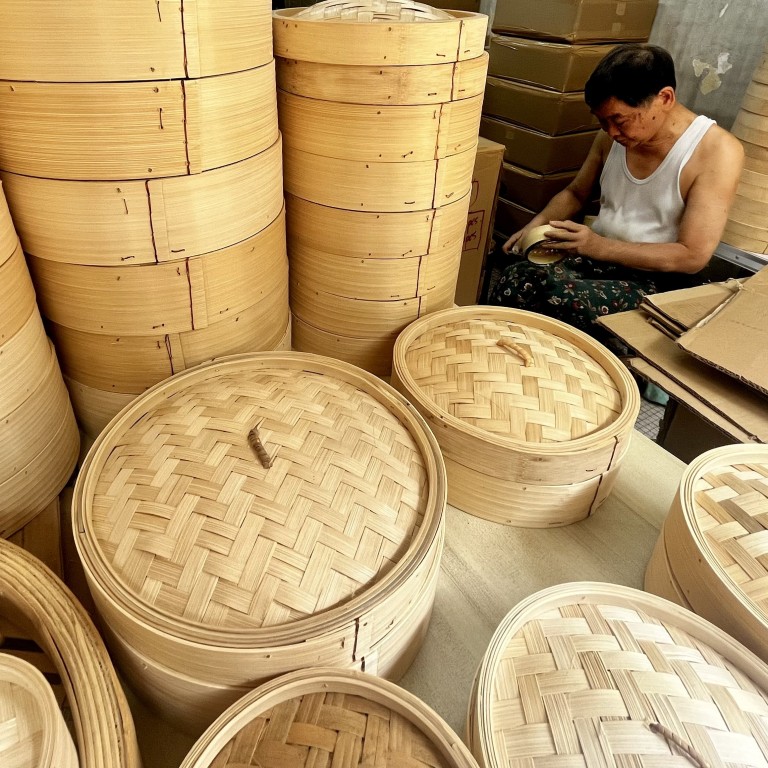
A Hong Kong dim sum essential: why bamboo steamers are such a vital part of one of the city’s most loved food traditions
- Traditional bamboo steamers are still preferred by many Hong Kong chefs as they evenly distribute heat and absorb moisture better than metal and glass ones
- Bamboo also adds a subtle, earthy flavour to food, one chef says, and being a natural and renewable material, also ticks the sustainability box
Lam Ying-hung, pliers in hand, afternoon sun on his face, is in the zone as he applies the finishing touches to a mini bamboo steamer.
“It takes about an hour to make a small one,” says the youthful-looking 73-year-old, sitting on a stool in the Tuck Chong Sum Kee Bamboo Steamer Company in Sai Wan, steamers of all sizes stacked high around him.
After his family relocated the business from Guangzhou to Hong Kong in the late 1950s, trade boomed. By the ’80s, the landscape had shifted, rising labour and production costs combining to send factories scurrying to cheaper mainland China.
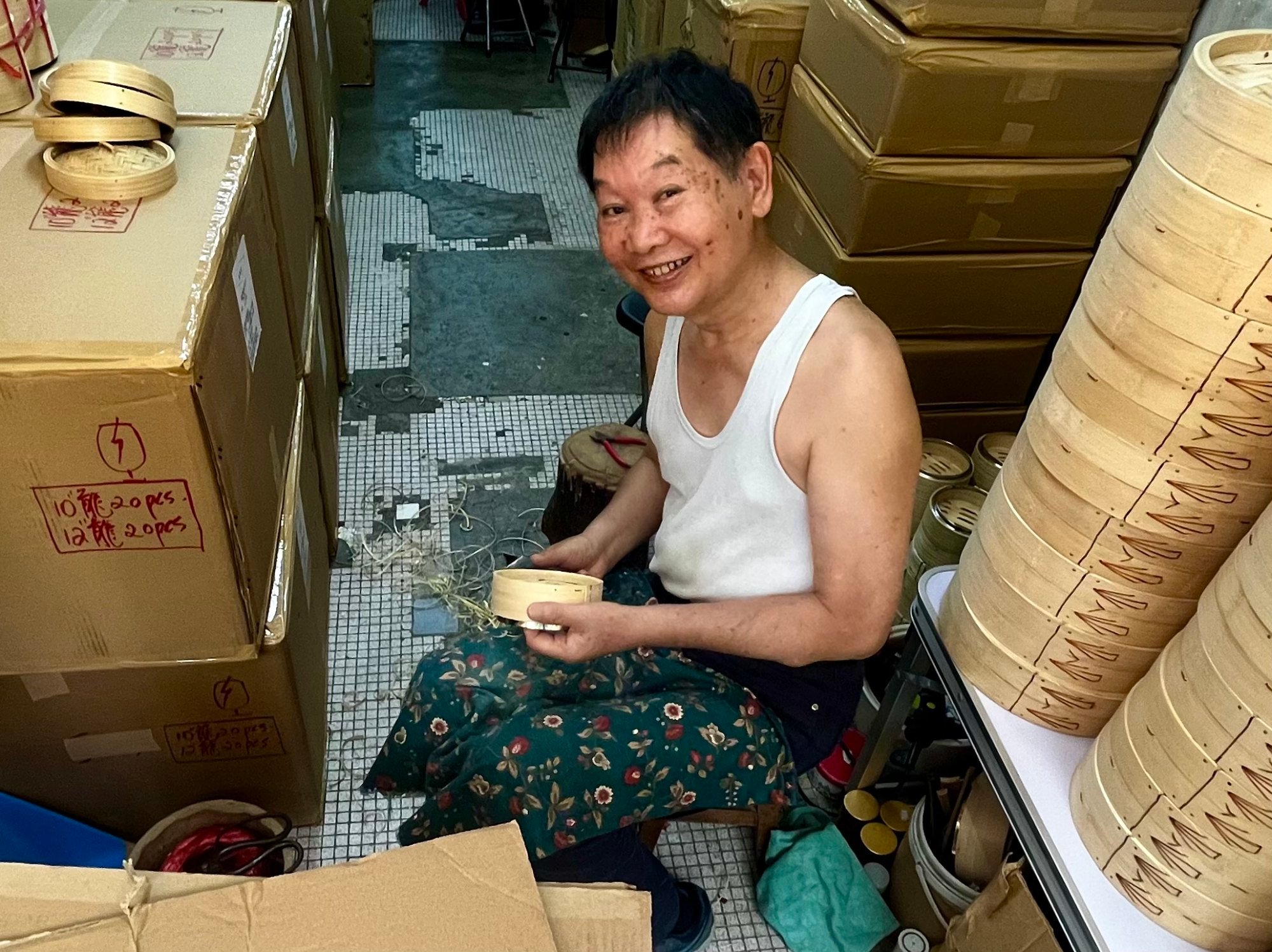
Today, most bamboo steamers are mass-produced by machines across the mainland Chinese border. Lam’s company is one of the few in Hong Kong still hand-making them.
Chinatowns around the world also import from Lam. “I ship to San Francisco and other cities. This package is going to Hawaii,” he says, turning the box over to show a stamp marked “Honolulu”, the US state’s capital.
In an age of rapid technological advancement, when many traditional skills have sadly disappeared, it is comforting to know that bamboo steamers, synonymous with Hong Kong’s much-loved yum cha – brunch of tea and dim sum – have stood the test of time.
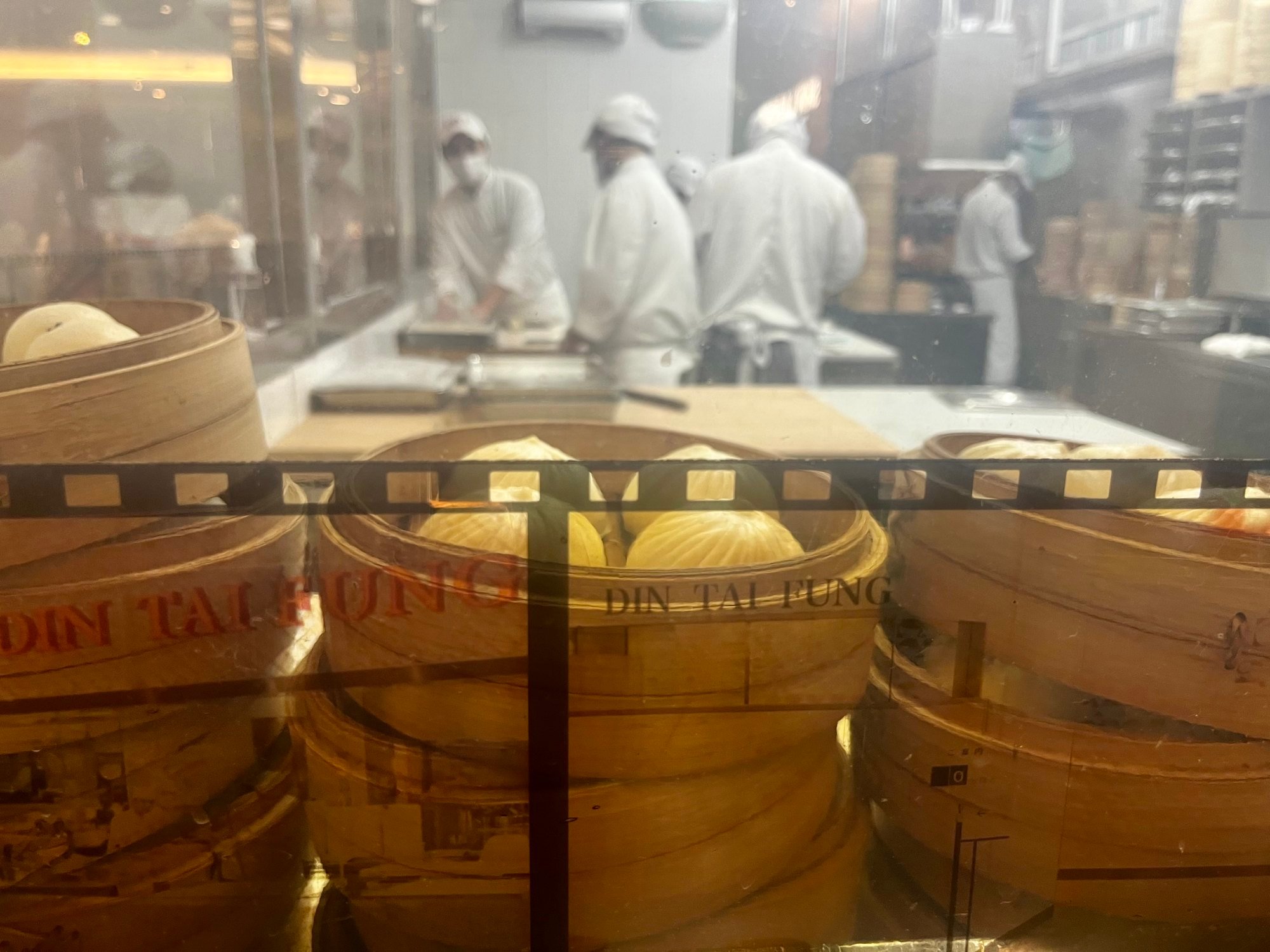
Through a frosted window near the kitchen, staff can be seen busily hand-rolling dumplings as waiters shuttle dishes to and from tables.
Chef ArChan Chan Kit-ying, of Ho Lee Fook restaurant in Central, agrees. “Bamboo steamers are an integral part of Hong Kong’s food scene – you cannot have dim sum without bamboo baskets,” she says.
“I hope this craftsmanship does not fade like so many craftwork traditions and I hope people continue to pass it down through generations.”
While glass, metal and silicon steamers have entered the scene, bamboo varieties – with an open-weave bottom, domed lid, and a stackability that allows multiple dishes to be cooked simultaneously – have a staunch following. And there is a basketful of reasons for that.
“I had issues with water vapour, temperature and moisture trapped inside the container,” recalls Lau, who owns Sheung Wan restaurants Tate Dining Room and Mora.

Bamboo steamers, she says, have the advantage of absorbing excess water vapour. “As steam condenses on the inside of the cover, the bamboo fibres absorb the moisture, preventing it from dripping back onto the food,” she says.
Bamboo’s ability to retain heat is another bonus.
“If you leave the cover on a bamboo steamer after cooking, it keeps the food warm for longer, which is useful when serving multiple courses or when you want to keep the meal hot until it’s ready,” Lau says.
Bamboo is also a natural material free from harmful chemicals. “Even at high heat it is safe to use,” she says, adding the only disadvantage is with Hong Kong’s humidity.
“A bamboo steamer can get mouldy easily so it needs to be kept in a dry space.”
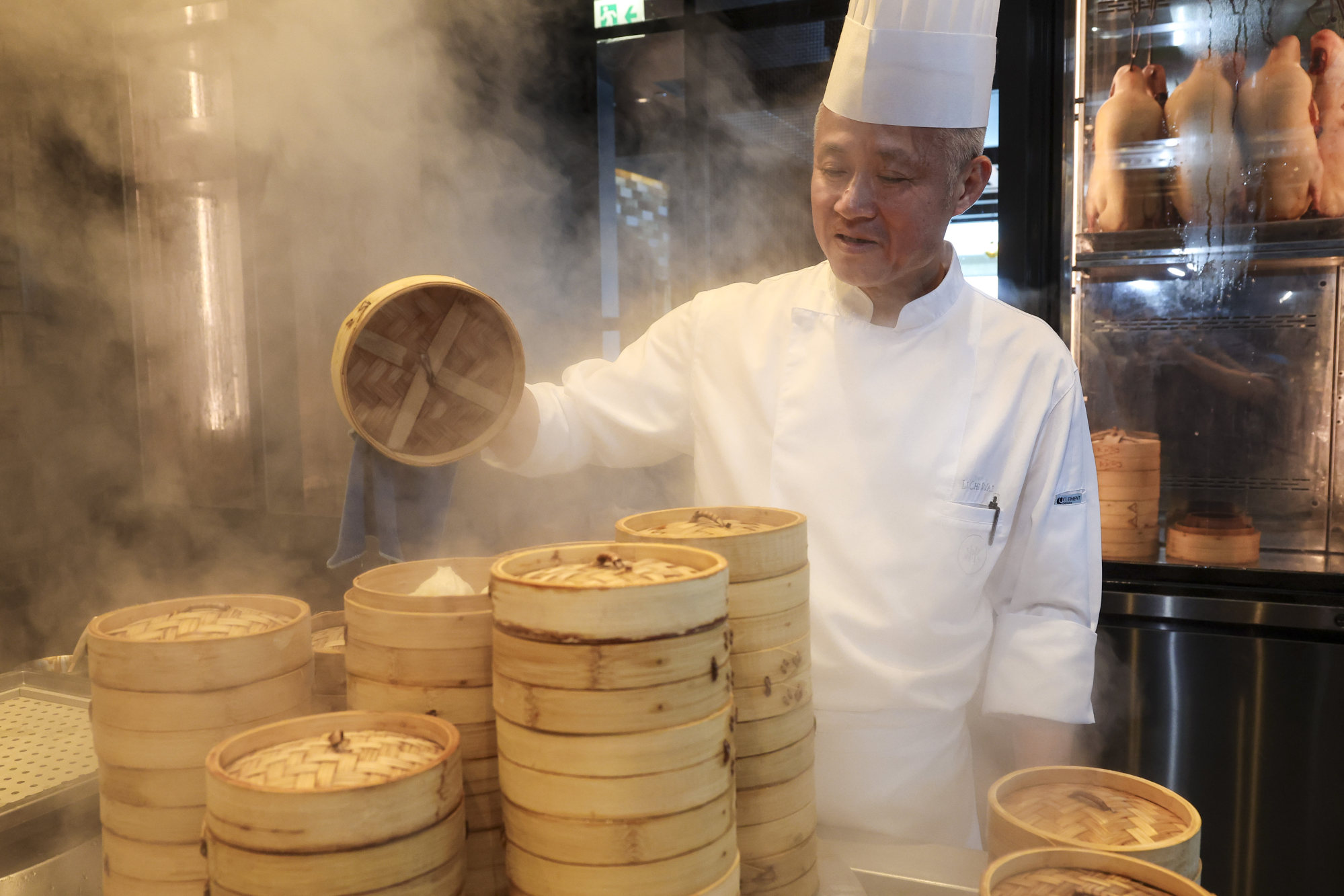
Chef Chan Yau-leung, executive chef of Duddell’s in Central, has used bamboo steamers for more than four decades – and he has no desire to stop.
“Despite the changing times, there are certain traditional practices that cannot be easily replaced,” he says. “While modern steamer alternatives have emerged, I prefer traditional bamboo-made ones.”
The general consensus among the local chefs is that balancing steam is a bamboo steamer’s superpower. Nobody wants soggy buns.
“If a steamer can’t release steam, water droplets form, which is not ideal for traditional Chinese food items such as buns,” Chan says.
Durability is also a plus, says chef Li of The Legacy House. “A bamboo steamer can last around a year with proper care,” he says, adding they are essential for preparing dishes such as dim sum, chicken, fish – even Chencun rice noodles.
In contrast, adds Li, stainless-steel steamers tend to dissipate heat quickly, resulting in water dripping onto the food. “They can also rust when exposed to moisture or prolonged heat,” he says.
Forget glass steamers – they are too fragile, says Li. “They can break at high temperatures, making them less practical for professional use.”
Chef Chen Tian-long, of The Merchants in Central, says bamboo adds a subtle, earthy flavour to food, giving it the edge over stainless-steel or glass steamers.
“They add a traditional touch to the food’s presentation,” says Chen.
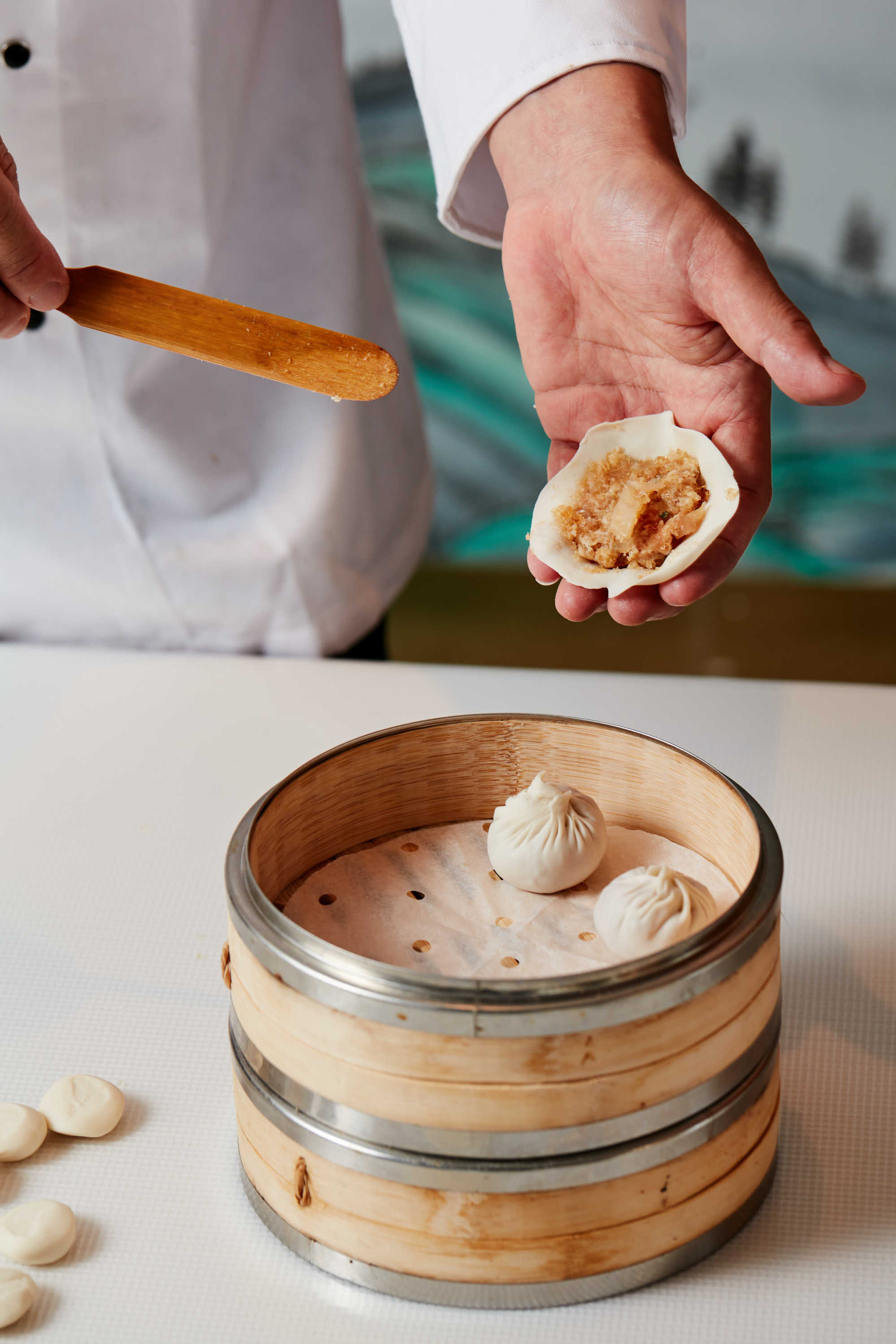
Neither can their sensory allure, he adds.
“Bamboo steamers have a materiality and familiarity that I love, and I always touch them when having yum cha with my family,” says Chan. “I think that impacts the overall experience.”

